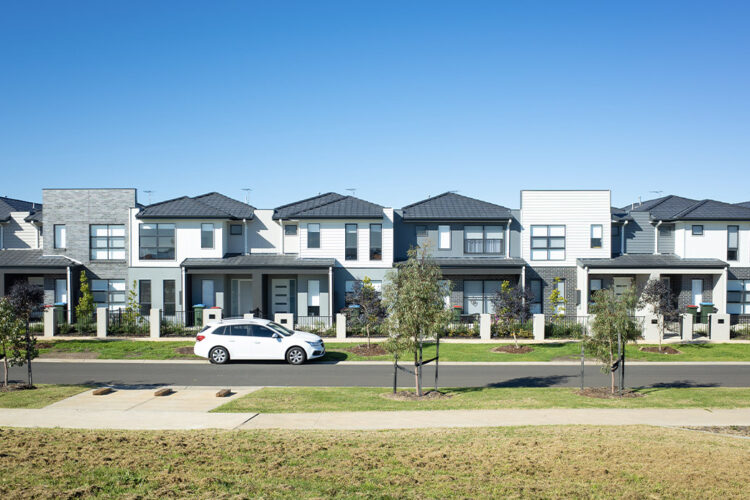As the nation approaches the three-year anniversary of the first COVID-19-induced lockdown, CoreLogic analyses the data and poses the question: has the market returned to normal?
When COVID-19 first invaded Australian shores nearly three years ago, many uncertainties raged across all facets of life, including within the property industry, with some positing national home values potentially could’ve plummeted 30 per cent.
While the health crisis had no direct impacts on the housing market, CoreLogic head of research, Eliza Owen, explained “unprecedented expansionary fiscal and monetary policy (and subsequent tightening), heavy border closures (and reopening), and the normalisation of remote work amid lockdowns were pandemic by-products that influenced housing markets.”
Perhaps the major occurrence in the three years since the World Health Organisation (WHO) declared a global pandemic for COVID-19 has been Australian property’s surging values — up 14.8 per cent on average when compared to March 2020.
From September 2020 to April 2022, the nation experienced the sharpest recorded upswing in home values (28.6 per cent) with “an enormous, three-pronged monetary policy expansion, and stimulus payments of around $120 billion” helping turn the market around.
However, these soaring price increases have been dragged back down since May 2022, when the RBA enacted the first of 10 consecutive cash rate increases inciting national home values to fall 9.1 per cent in the 12 months to February, the largest downswing on record.
More recently, Ms Owen described “yet another surprising turn in housing market performance” as she revealed home values declined 0.1 per cent in February, the smallest monthly rate of decline since the RBA’s first rate hike last year.
House price growth, and subsequently declines, vary from region to region, with Ms Owen noting how different markets achieved results in the three years since the onset of the pandemic.
For example, regional South Australia’s home value index (HVI) has jumped 47.6 per cent between March 2020 and the end of February 2023 as opposed to Melbourne, where prices have stabilised to pre-pandemic levels.
Additionally, different dwelling types have also achieved different results. In Perth, home values have climbed 24.2 per cent since COVID-19’s beginning, while units have jumped 15.2 per cent.
Ms Owen postulates that varied performances from market to market come down to the fact “high cumulative gains three years on from the pandemic are more common across relatively affordable markets.”
“This may be because expensive markets often require more debt to buy into, and therefore may be more sensitive to rate hikes,” she added.
Though it should be noted “there are other factors at play” including migration trends and the relative rental returns of different markets, Western Australia’s relatively high gross rental yields of 5 per cent have seen the state attract a relatively higher volume of investment purchases.
Moving forward, Ms Owen believes regional migrations’ reversion to pre-pandemic levels could drag regional home values from their current levels (30.7 per cent higher than in March 2020.)
A recent slowdown of net regional migration largely attributed to “larger flows from regional Australia to capital cities”.
“While migration flows away from regional Australia may help to ease pressure on demand for some markets, it is clear that regional markets have retained the most value since the onset of the pandemic,” she said.
Adding that “the normalisation of remote work among certain professionals, which is reinforced by current tight labour market conditions, may be contributing to this lasting value.”
Ms Owen revealed a pandemic-induced fad that saw individuals increasingly desire homes due to owners seeking more space due in part to lockdowns and restrictions, with the portion of residential sales growing throughout the initial stages of the pandemic, peaking at 75.2 per cent in October 2020.
“Notably, the surge in detached house sales through the pandemic also coincided with the introduction of the HomeBuilder scheme in June 2020,” Ms Owen said. “The design of this scheme better lent itself to the construction of detached houses, due to tight timelines around commencements.
“Toward the end of the HomeBuilder scheme in 2021, the portion of residential purchases that were houses have trended lower, and are currently back to pre-COVID levels.”
Additionally, last year saw a “peak in the premium on national house values relative to units,” with the median house in Australia valued at a record 32.9 per cent above its unit counterparts.
“While this data indicates a slight rebalancing in preference back towards units, the premium on houses is still much higher than where it was at the onset of the pandemic,” she concluded.


